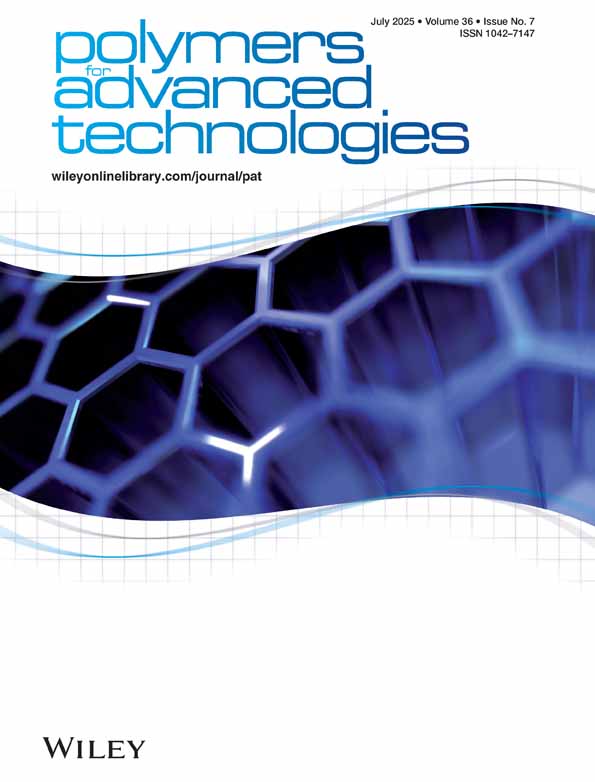Study on a novel and efficient flame retardant synergist–nanoporous nickel phosphates VSB-1 with intumescent flame retardants in polypropylene
Abstract
Nanoporous nickel phosphate VSB-1 was synthesized by hydrothermal method and its structure was characterized. Then VSB-1 was added to the ammonium polyphosphate (APP) and pentaerythritol (petol) system in a polypropylene (PP) matrix for the first time, and the synergistic effect of VSB-1 with intumescent flame retardants (IFR) was studied. With the addition of 2 wt% VSB-1 and 23 wt% IFR, the LOI value of PP/IFR composites increased from 28.0 to 35.5. The UL-94 test showed that PP with 20% IFR burned and had no rating, but with the addition of 2 wt% of VSB-1 and 18% of IFR, it could reach V-0 rating. The results of the X-ray photoelectron spectroscopy (XPS) showed that the ratios of P/C and N/C of PP/IFR/VSB-1 systems changed significantly from 0.133 to 0.205 (54% increase) and from 0.0328 to 0.047 (45.4% increase), respectively under 800°C for 10 min. Compared with the organophilic montmorillonite (OMT), 4 Å zeolite, and zinc tetraborate (ZB), VSB-1 showed better synergistic effect at the same loading. Copyright © 2008 John Wiley & Sons, Ltd.




